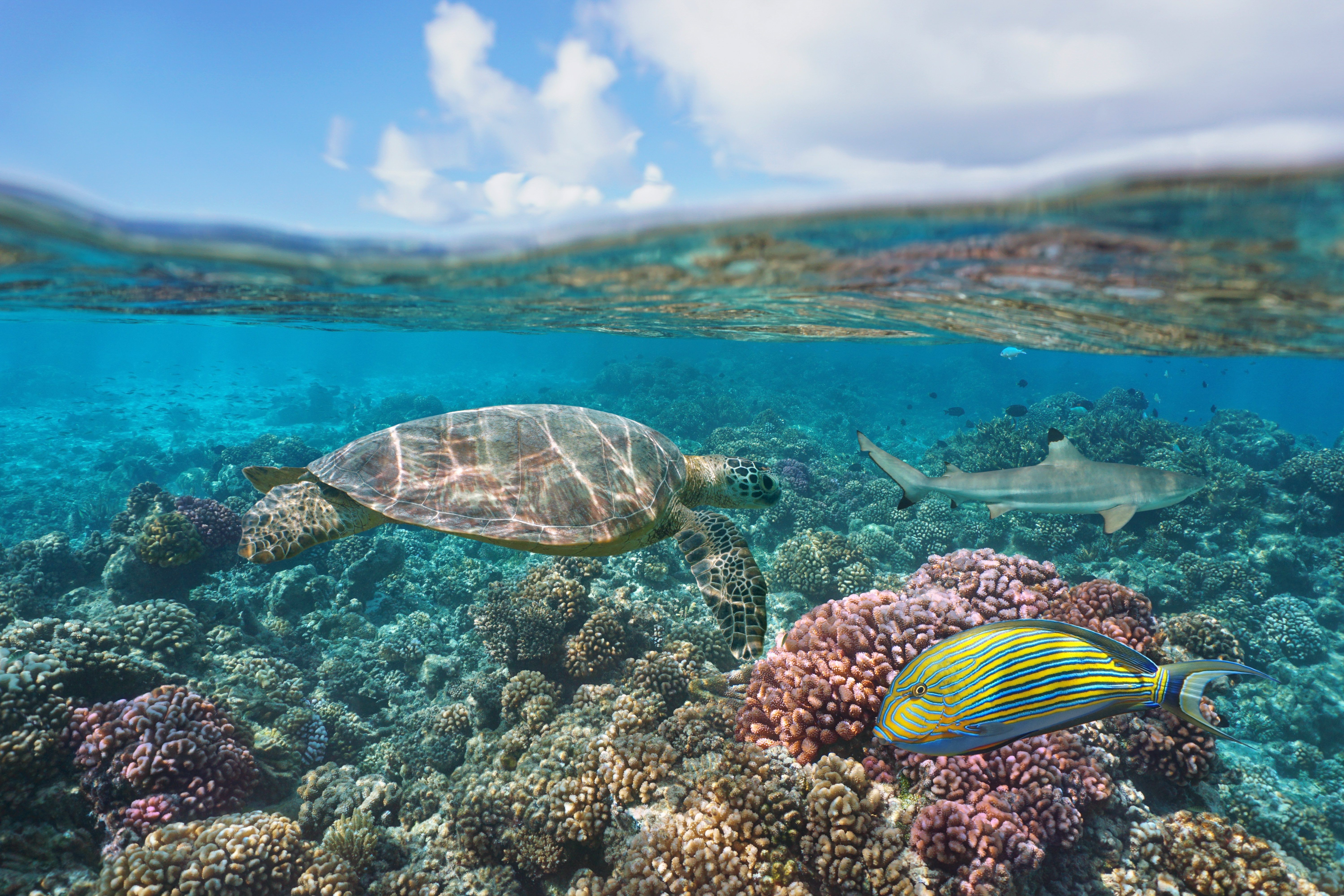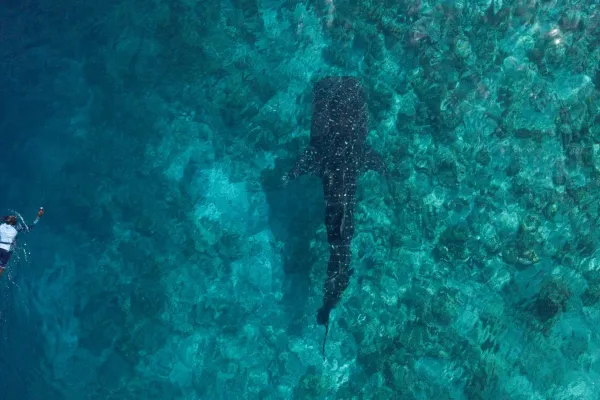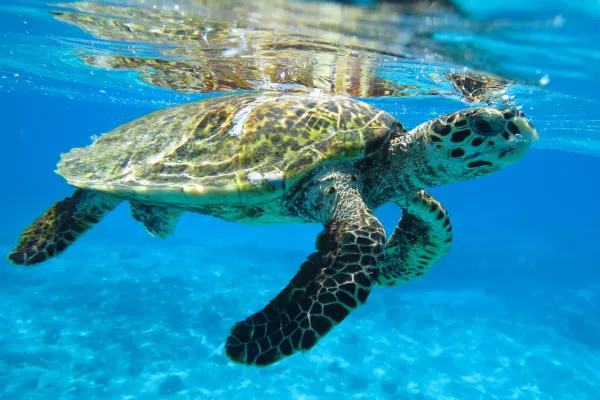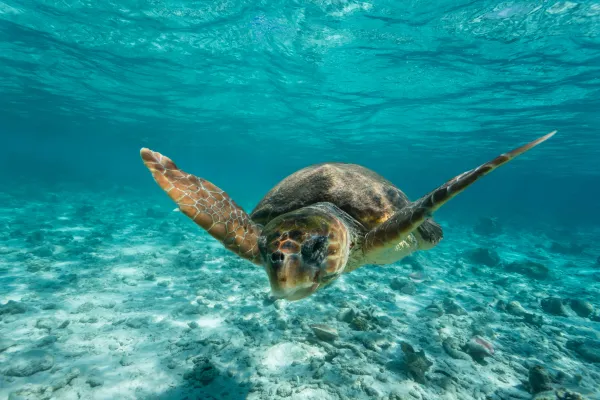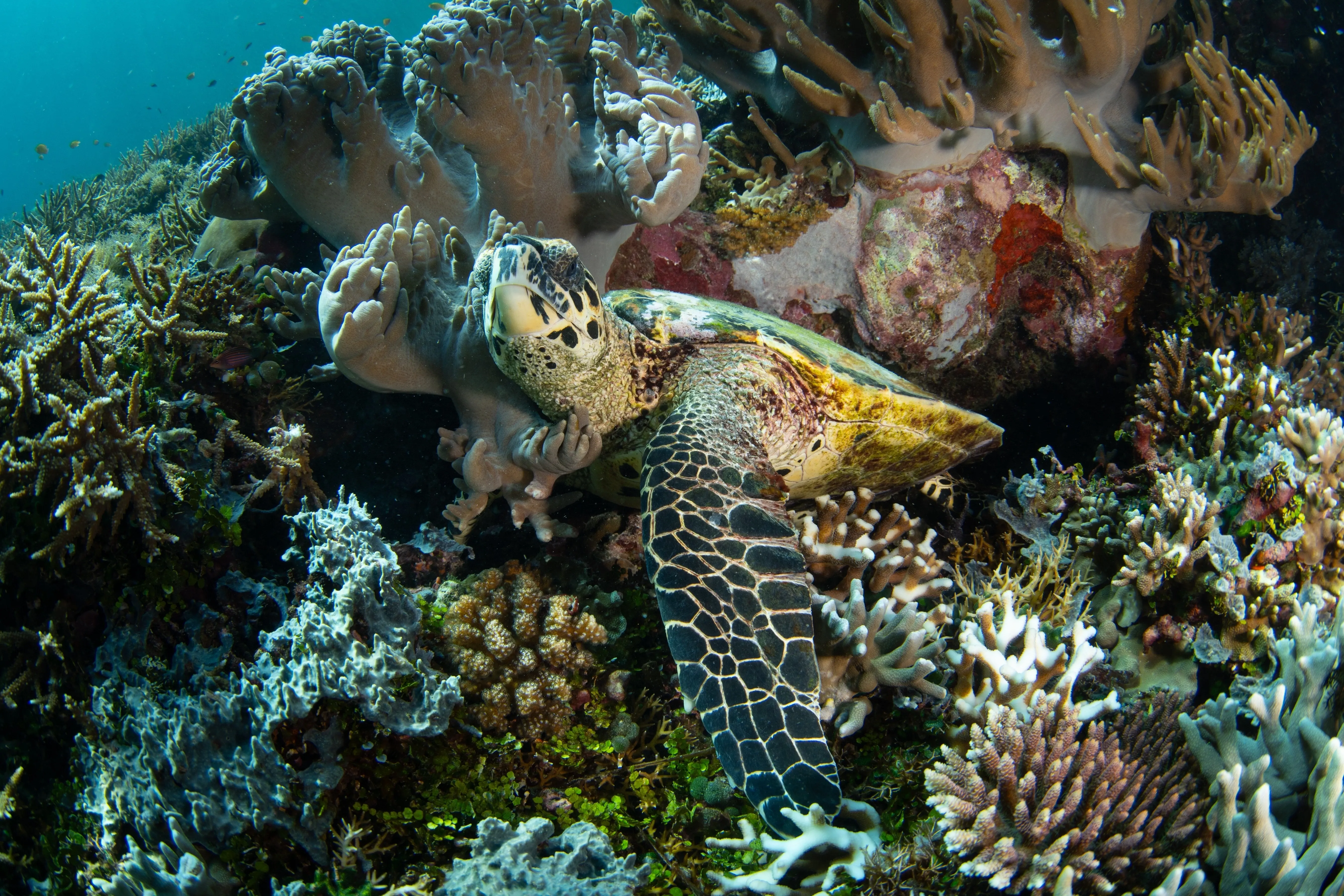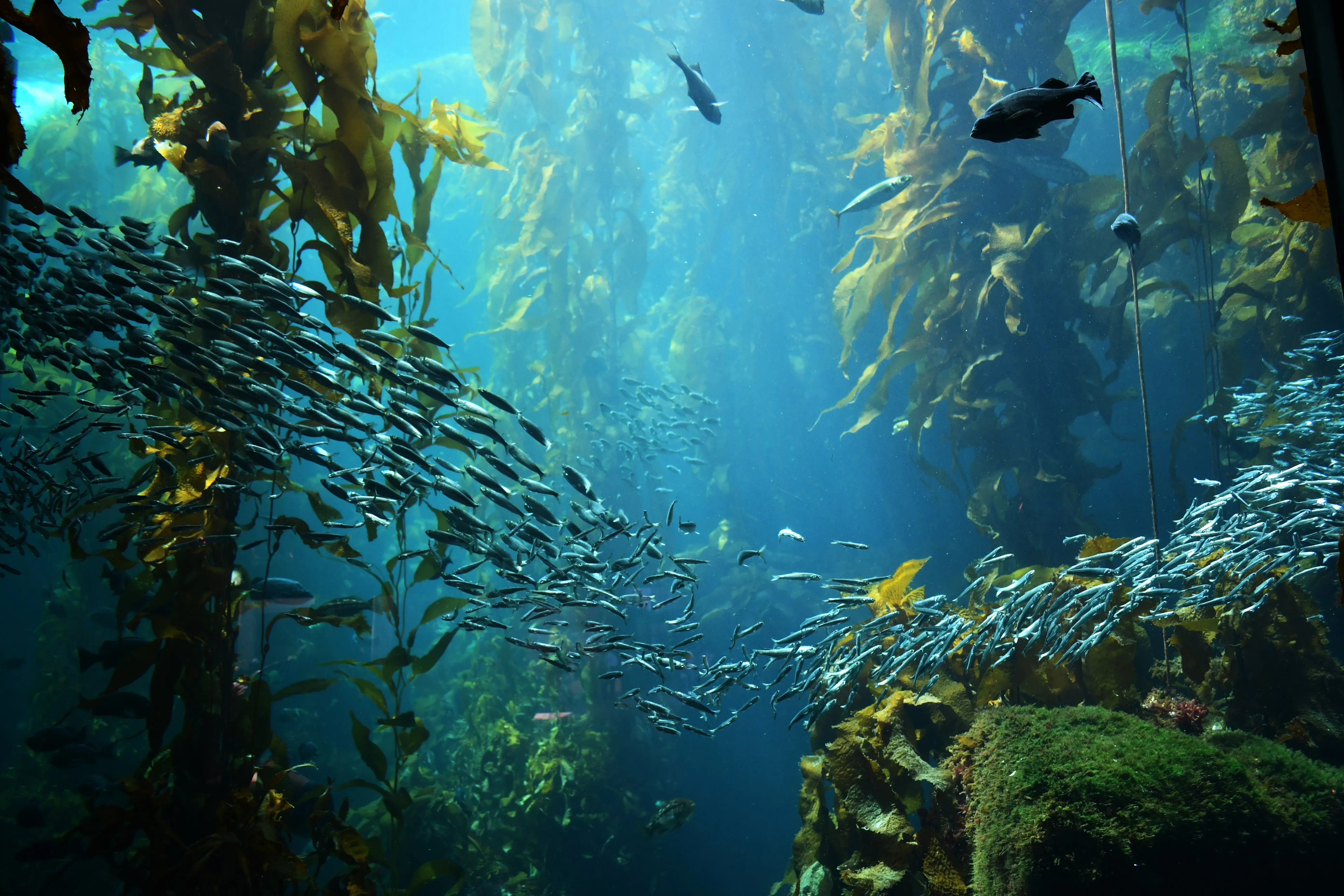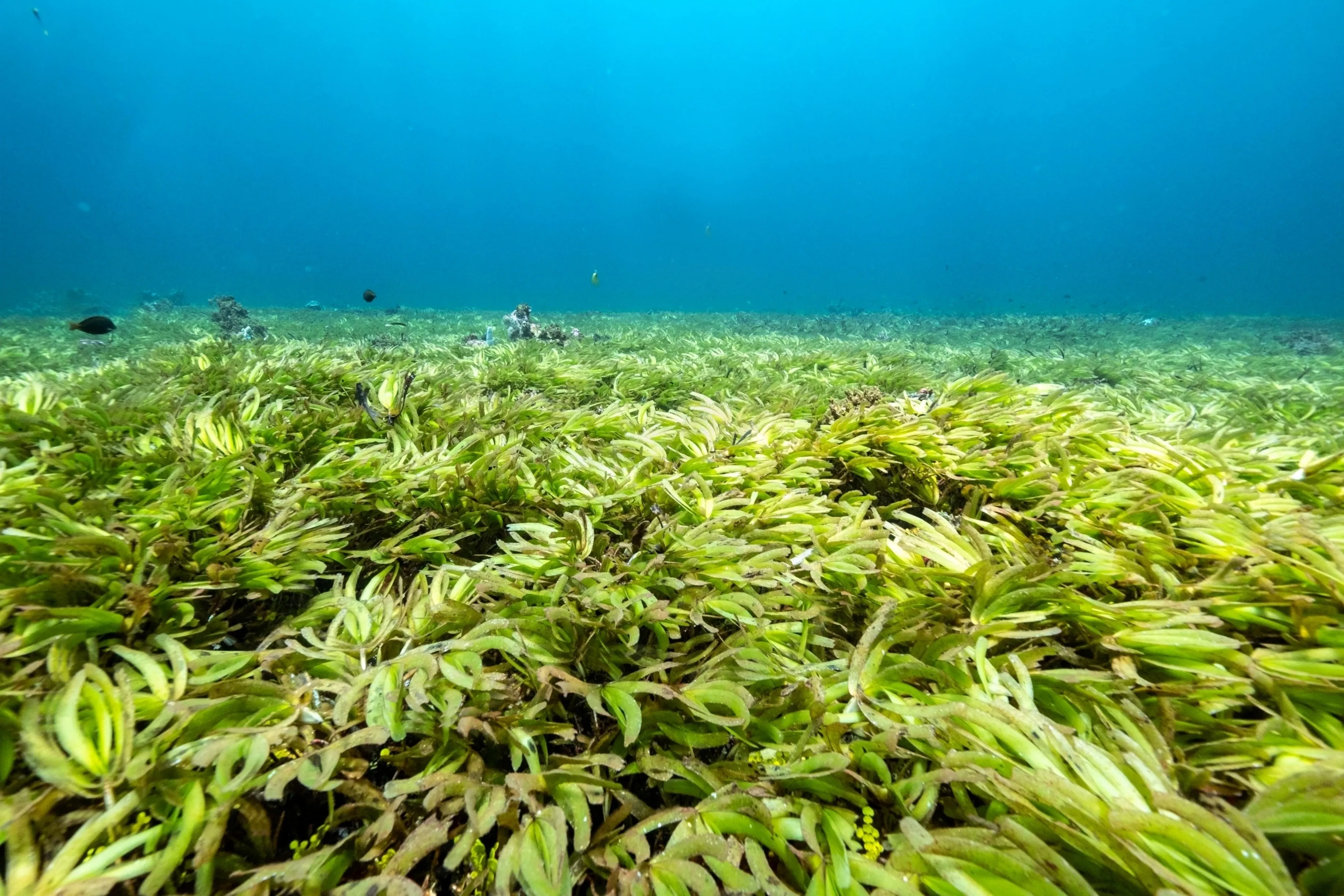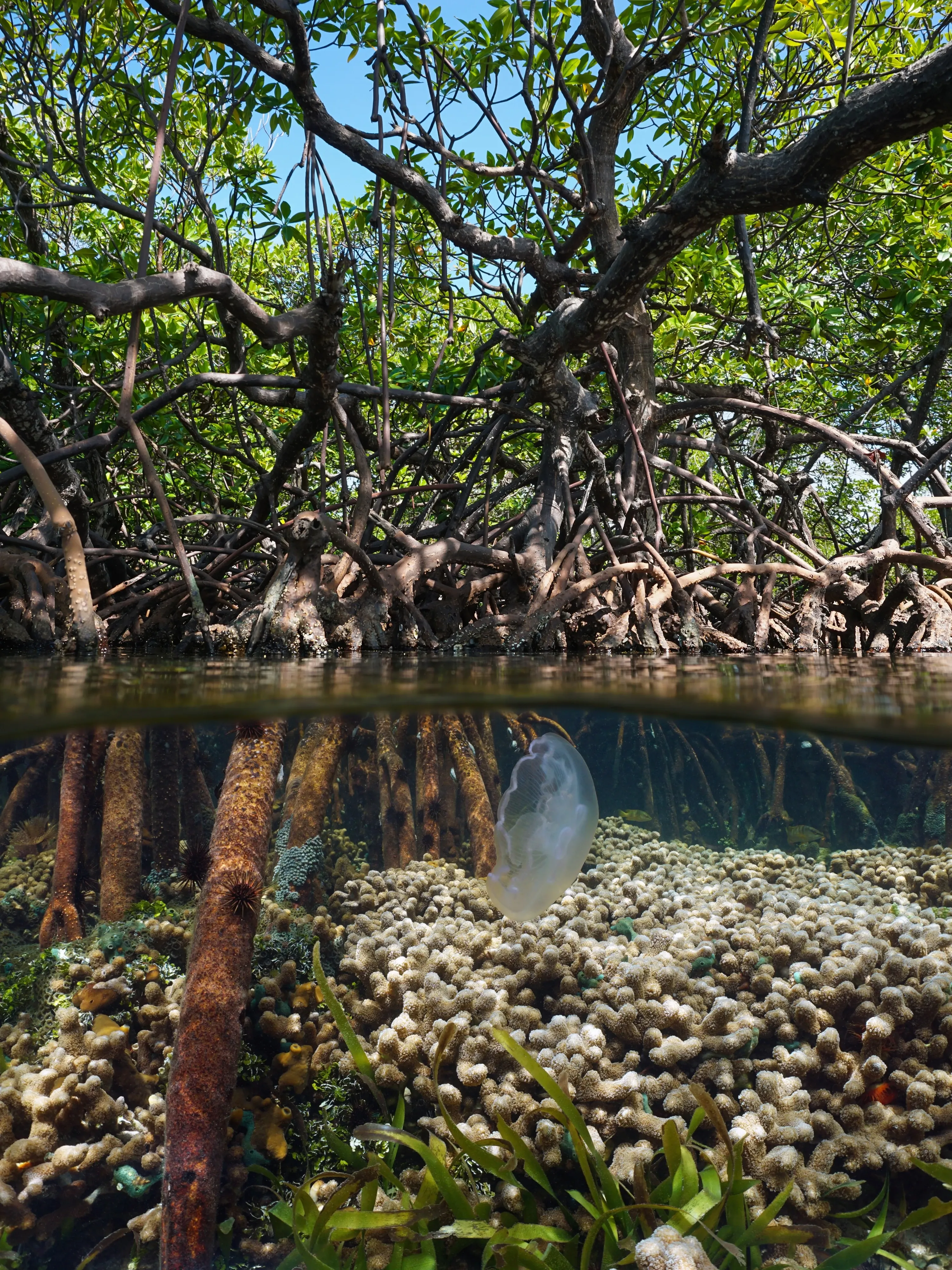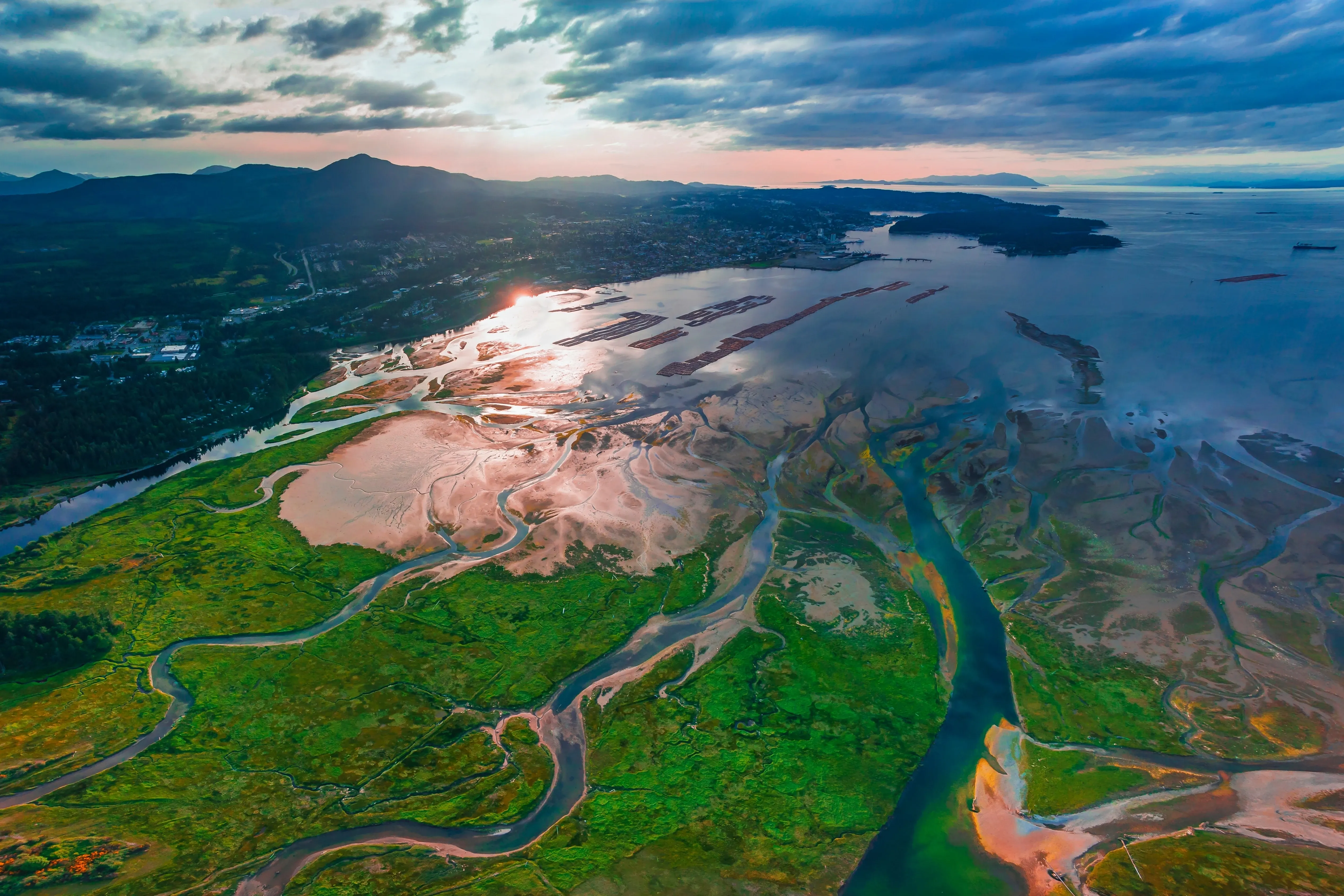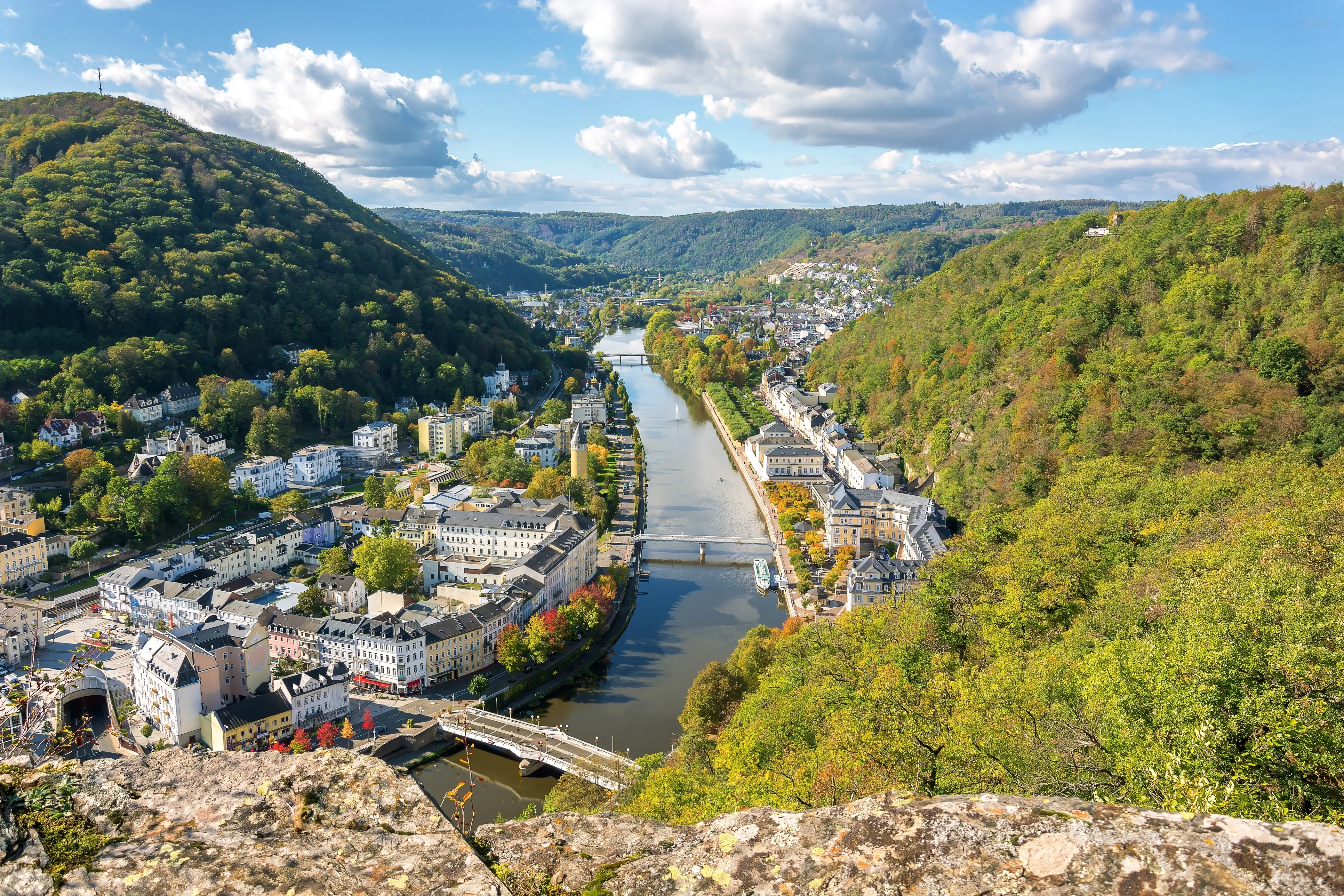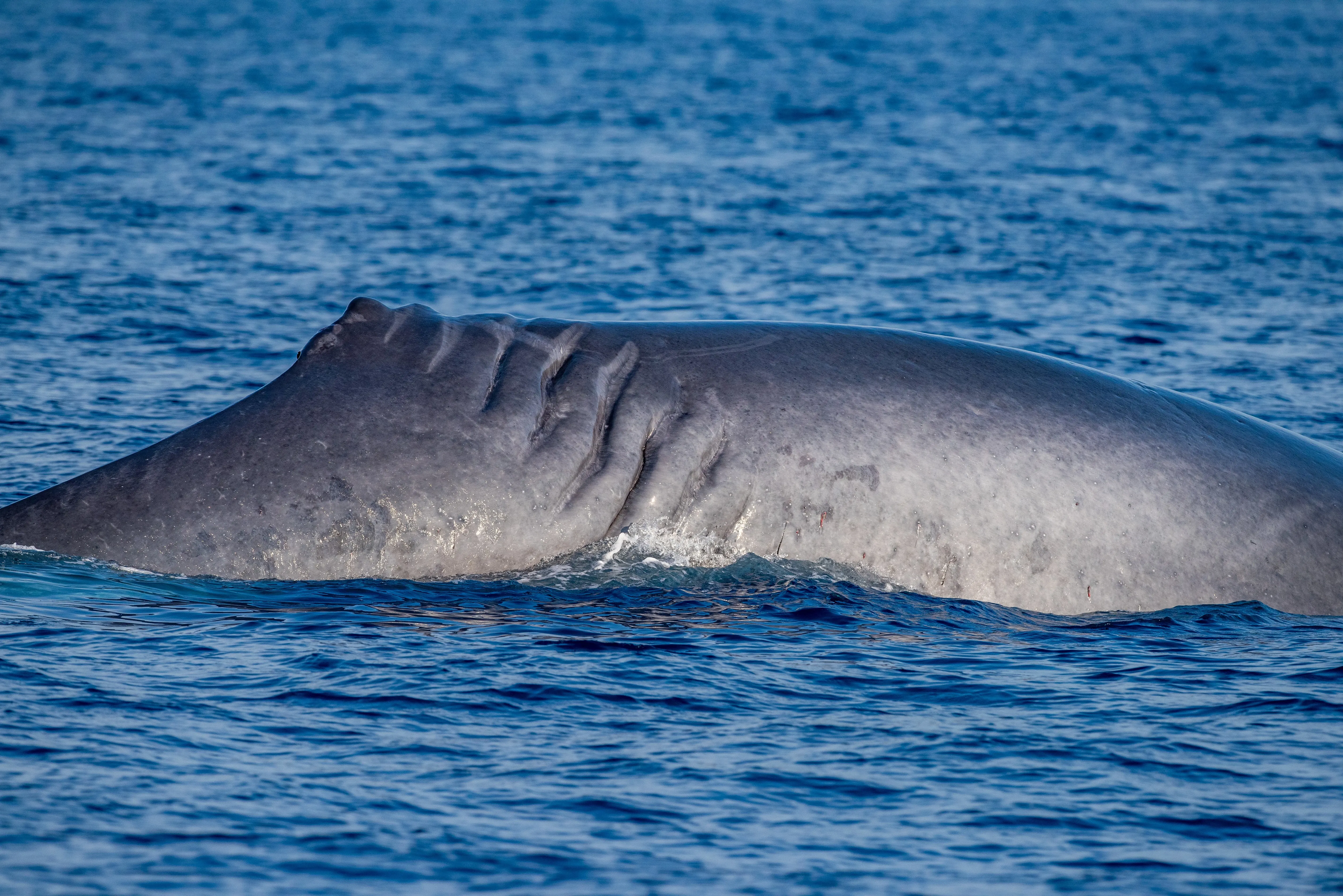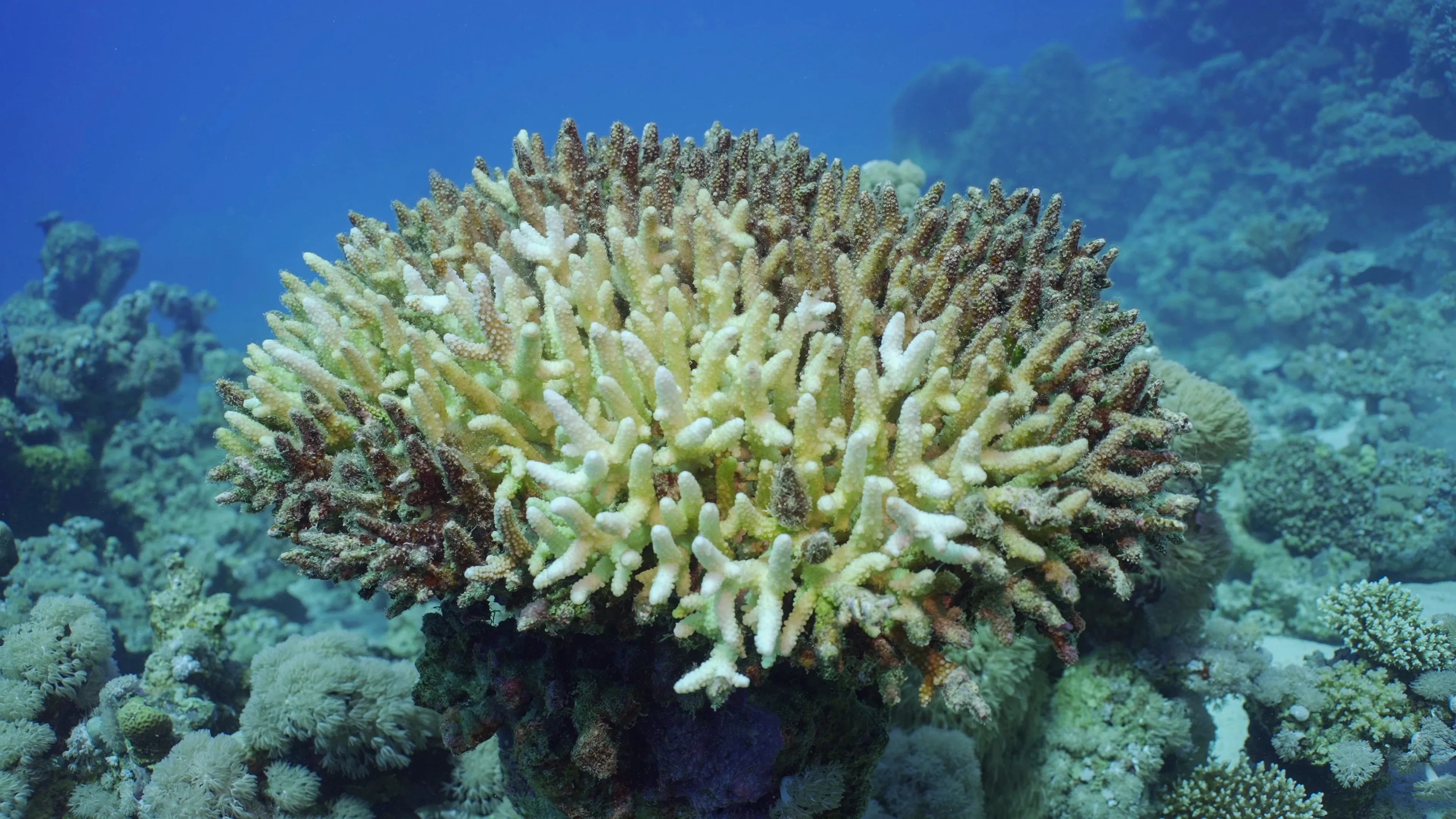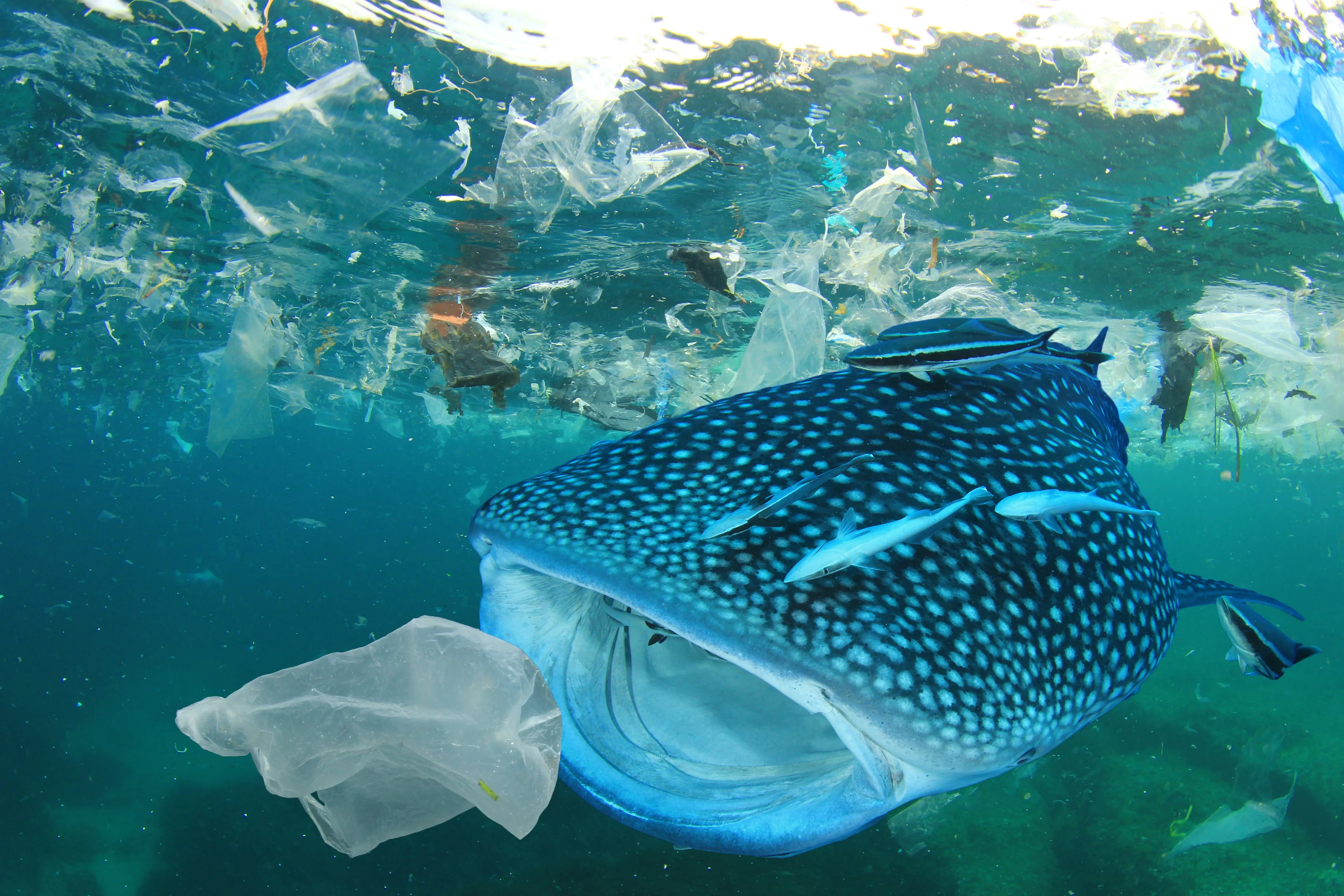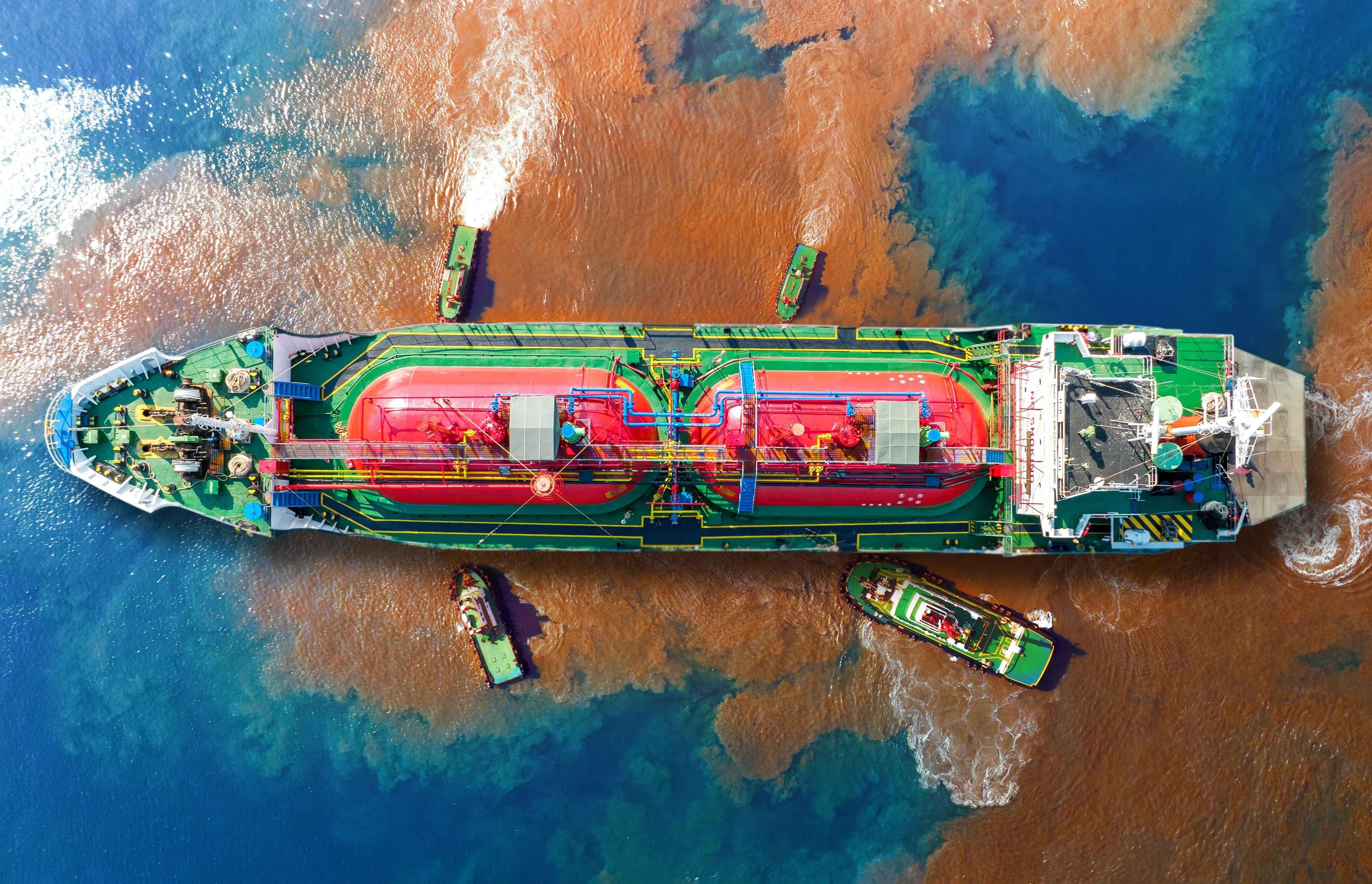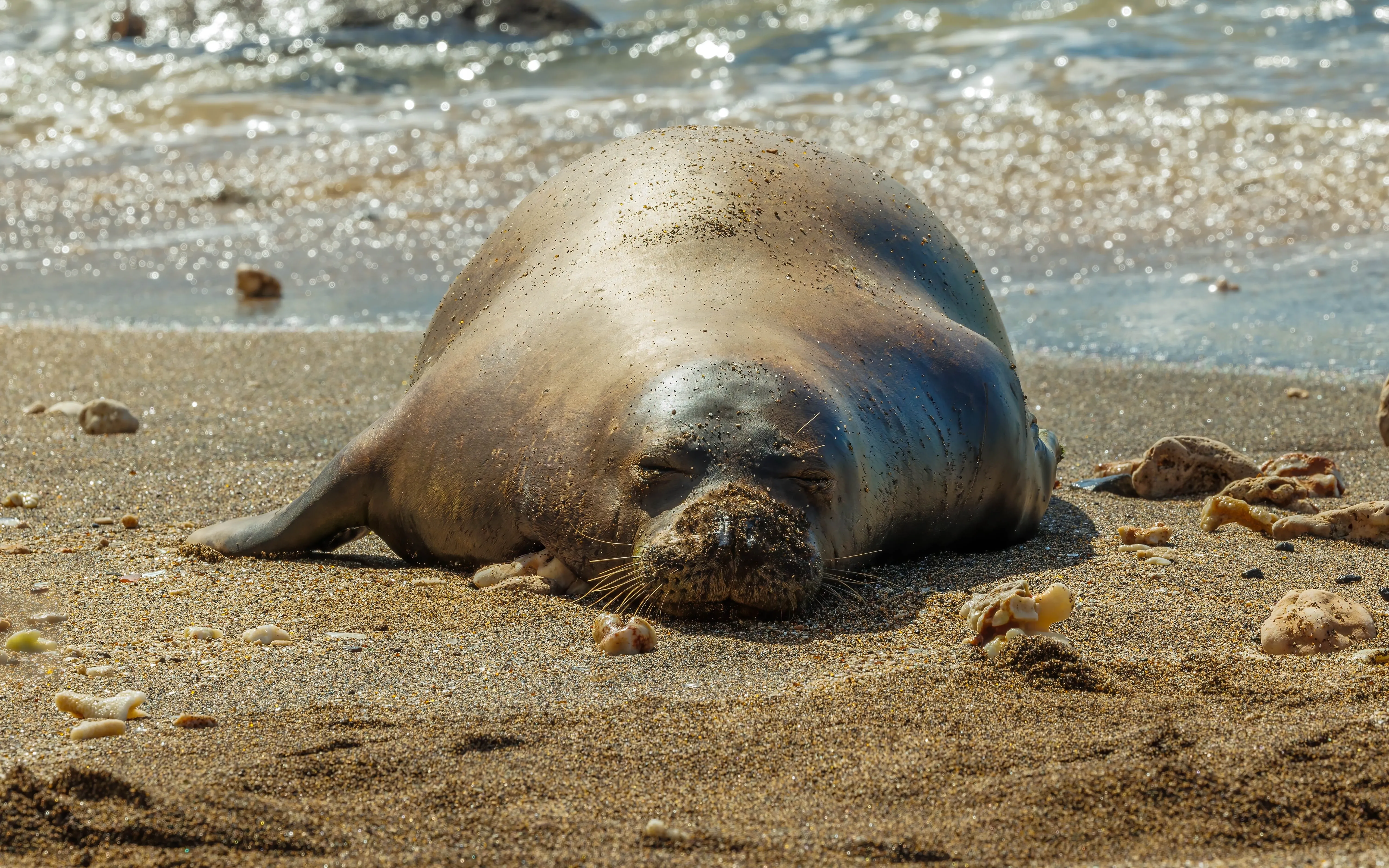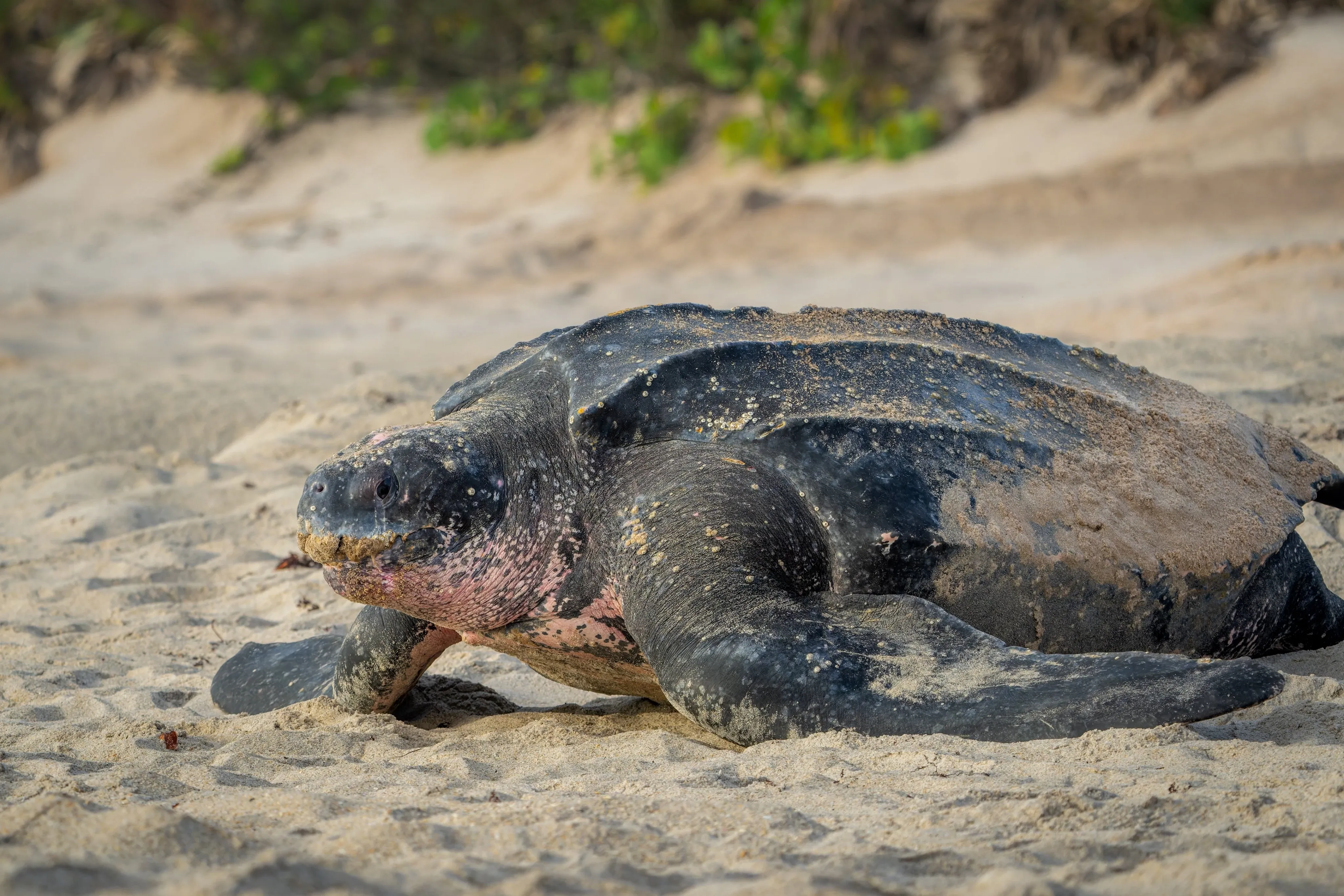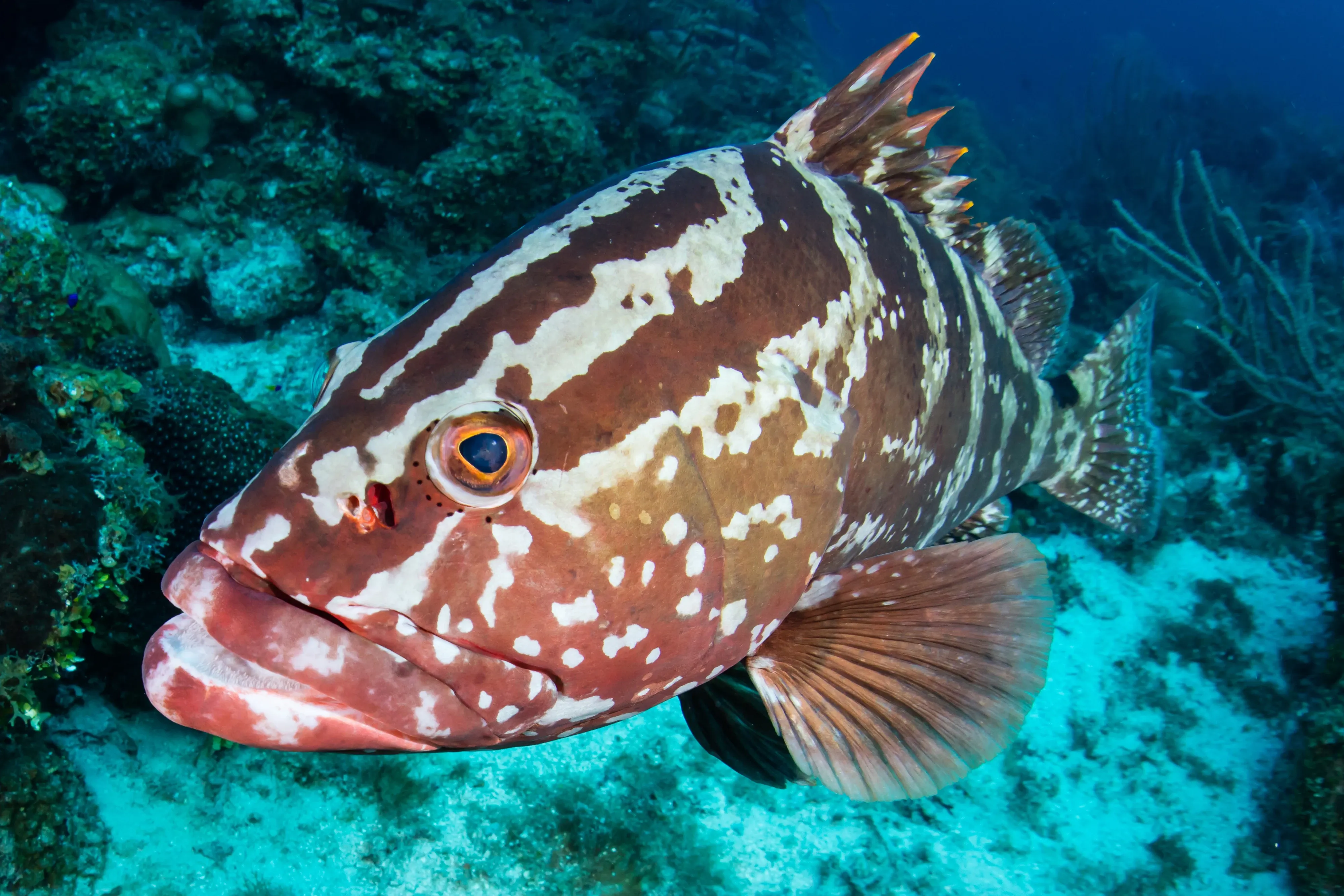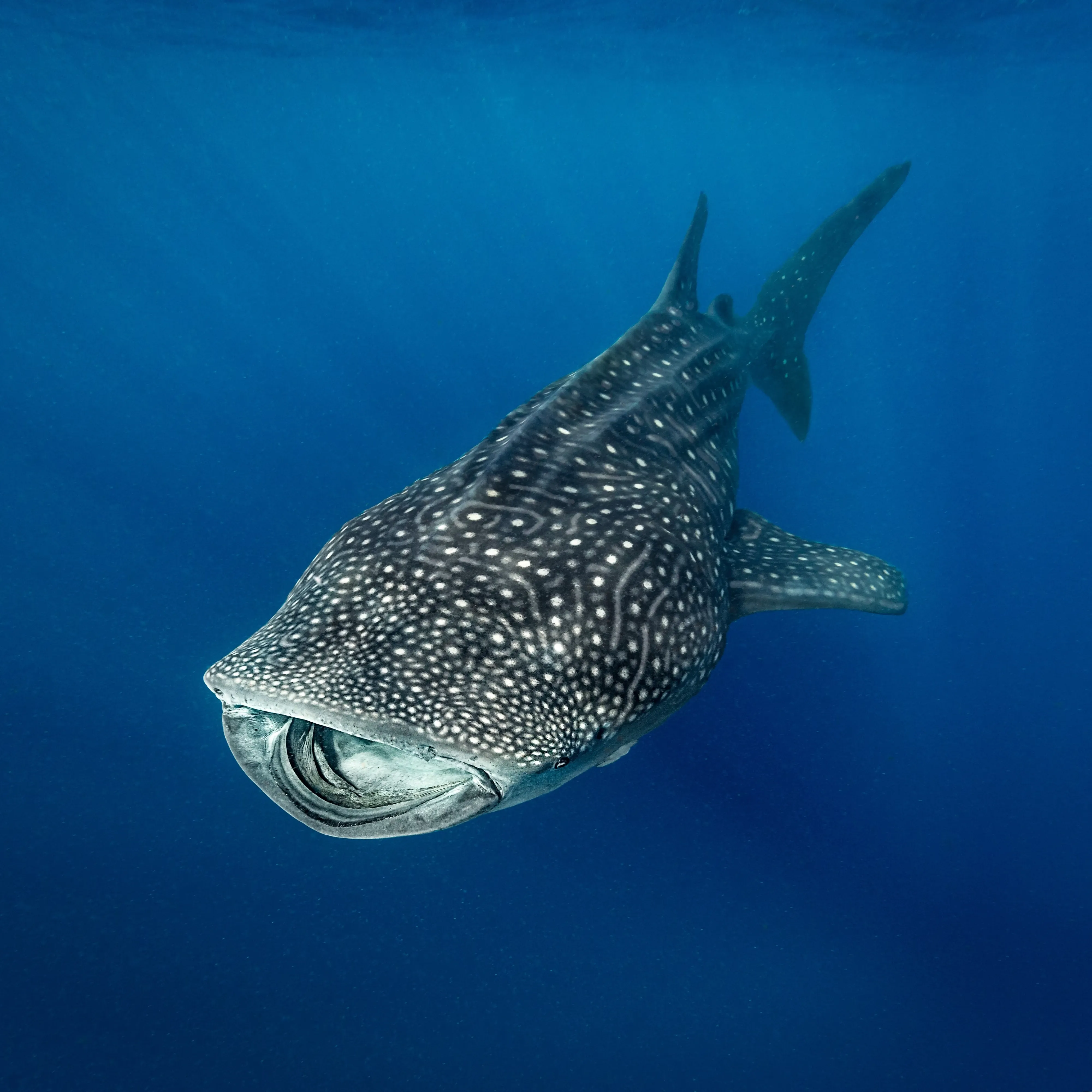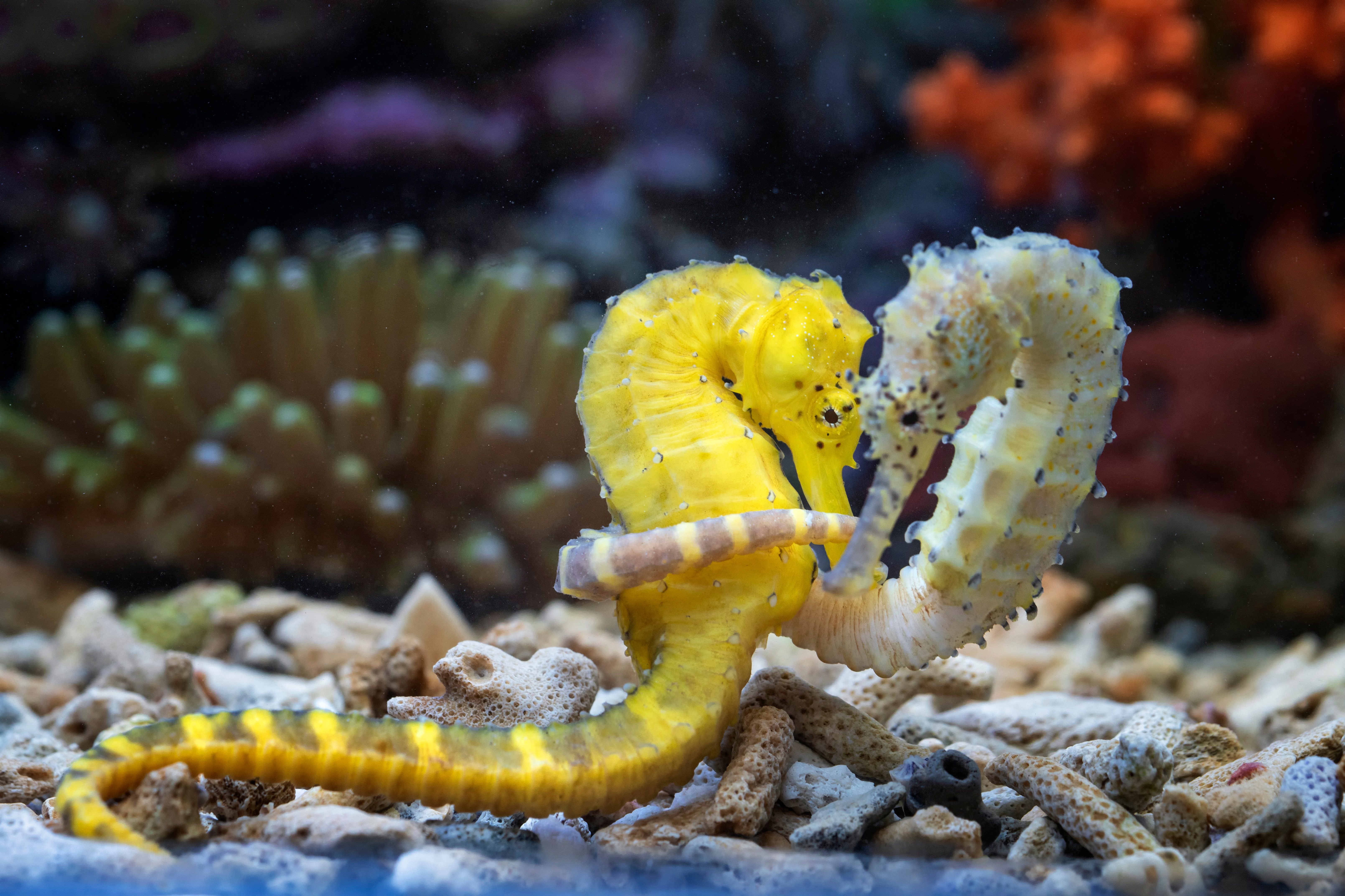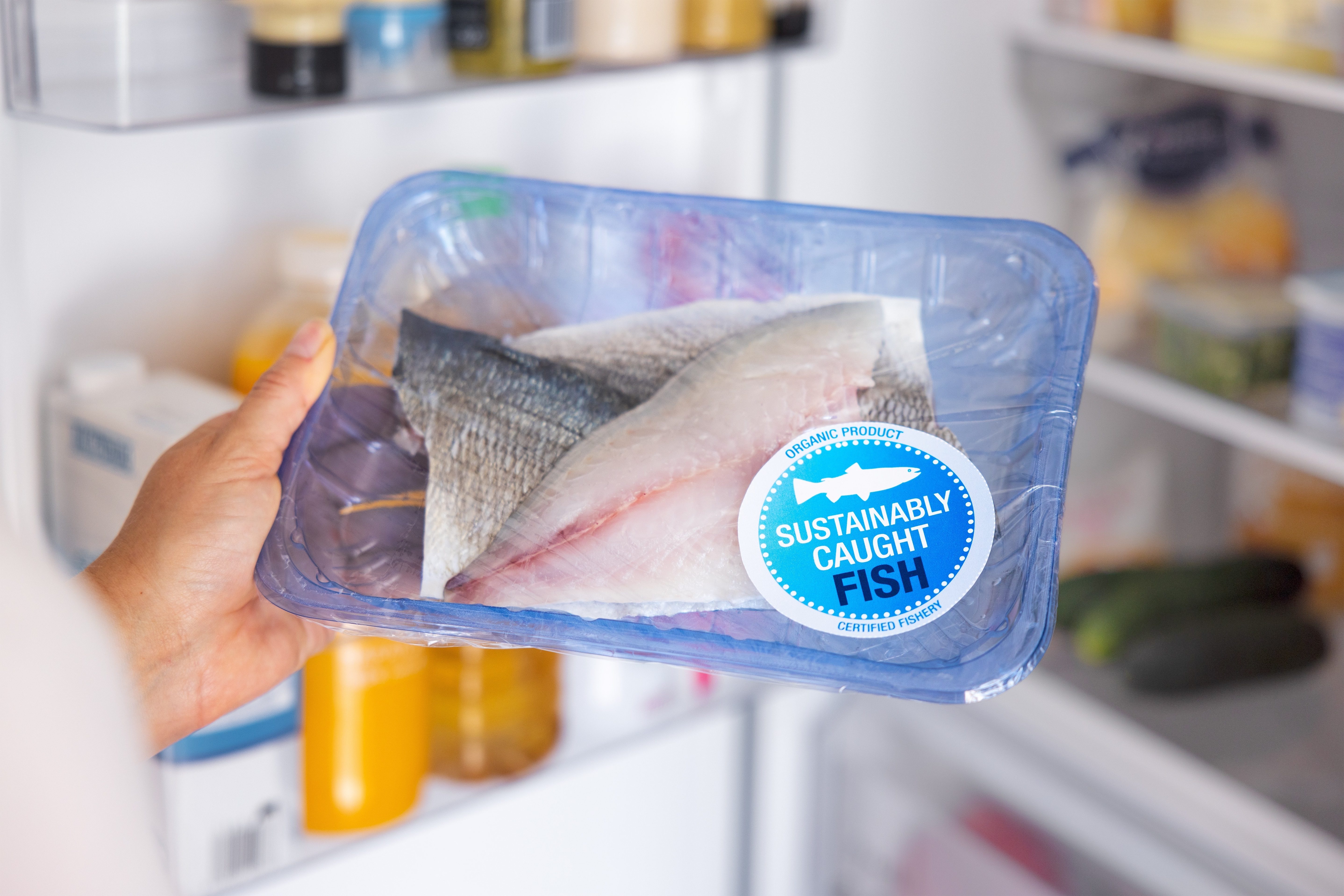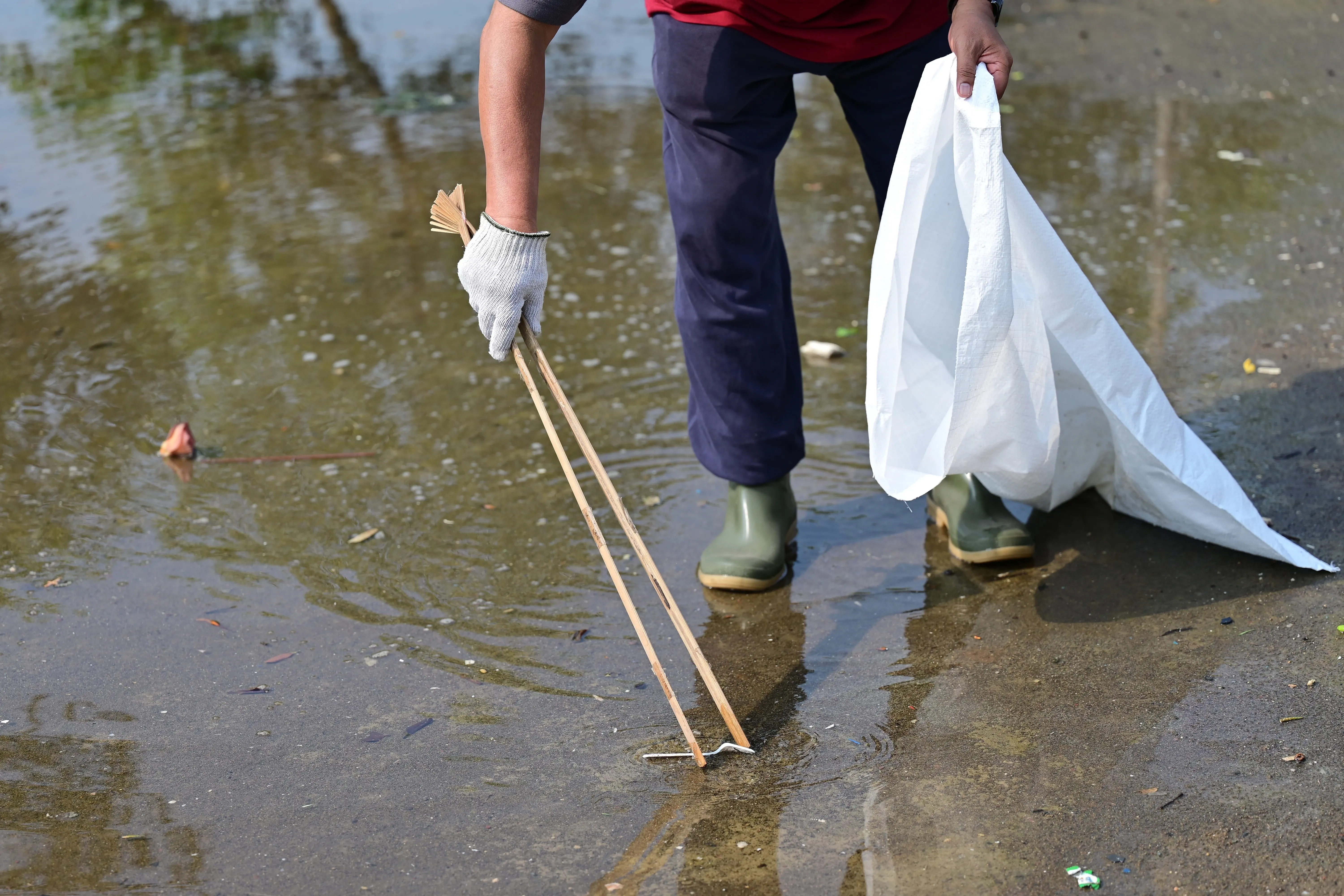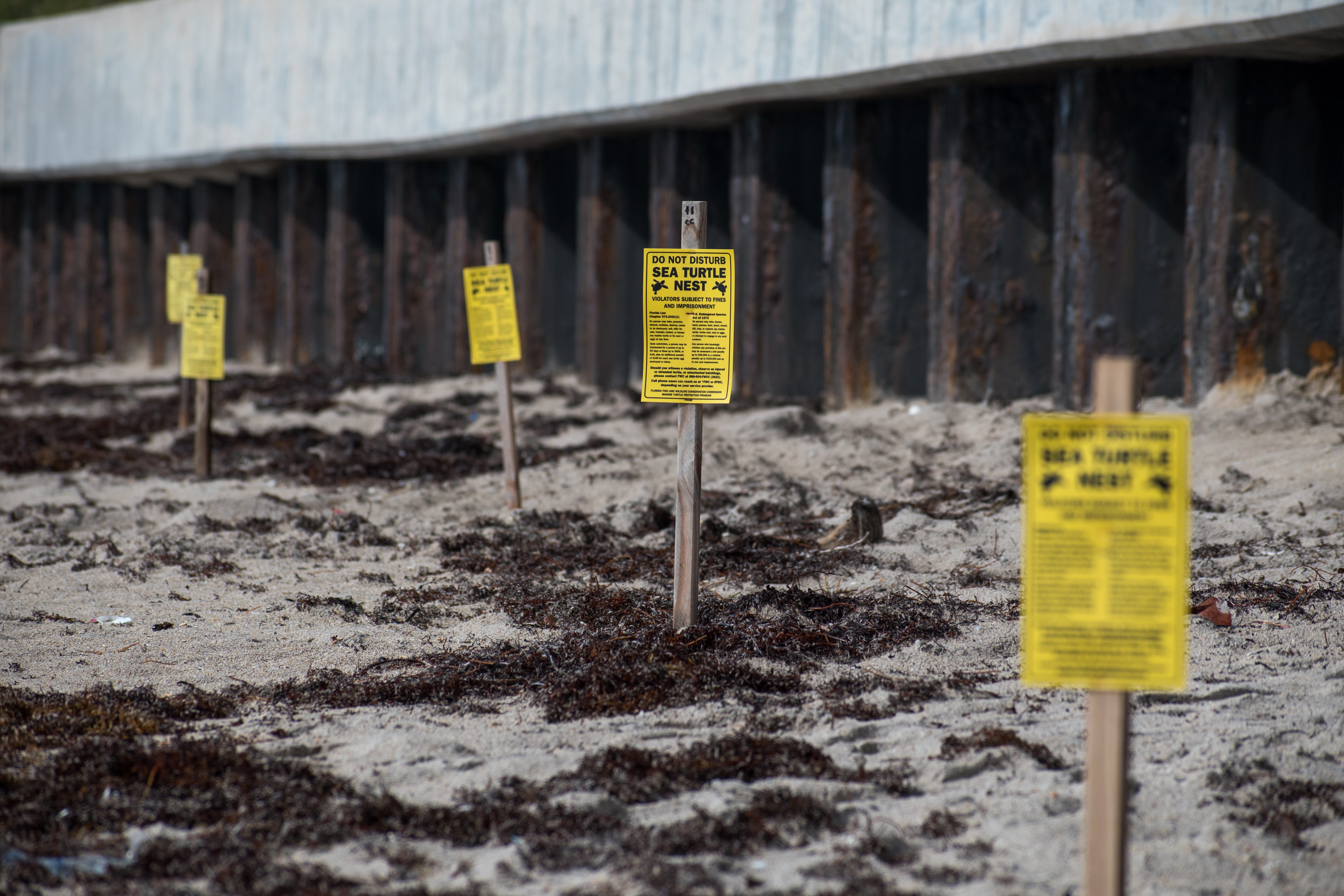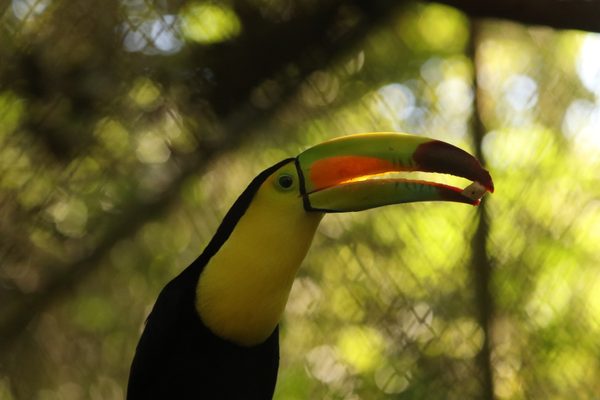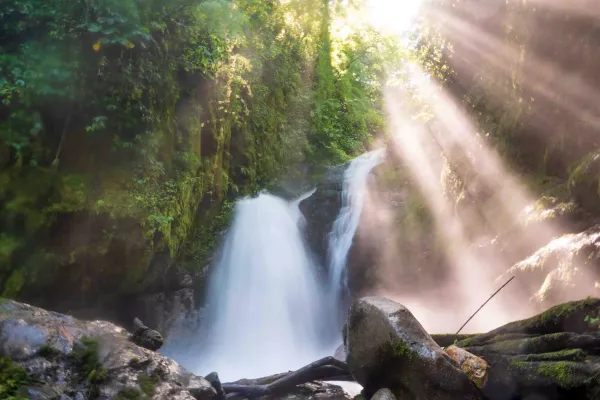International Marine Conservation
Our oceans are vast, awe-inspiring realms that cover more than 70% of the Earth's surface, making them a crucial component of our planet's ecosystem. They are the heart of Earth's climate system, influencing weather patterns and storing a significant amount of the world's heat.
Beneath their shimmering surfaces lie intricate ecosystems, from vibrant coral reefs to the mysterious depths of the abyssal plains, each teeming with life. Oceans also play a critical role in absorbing carbon dioxide, thus helping to regulate atmospheric temperatures.
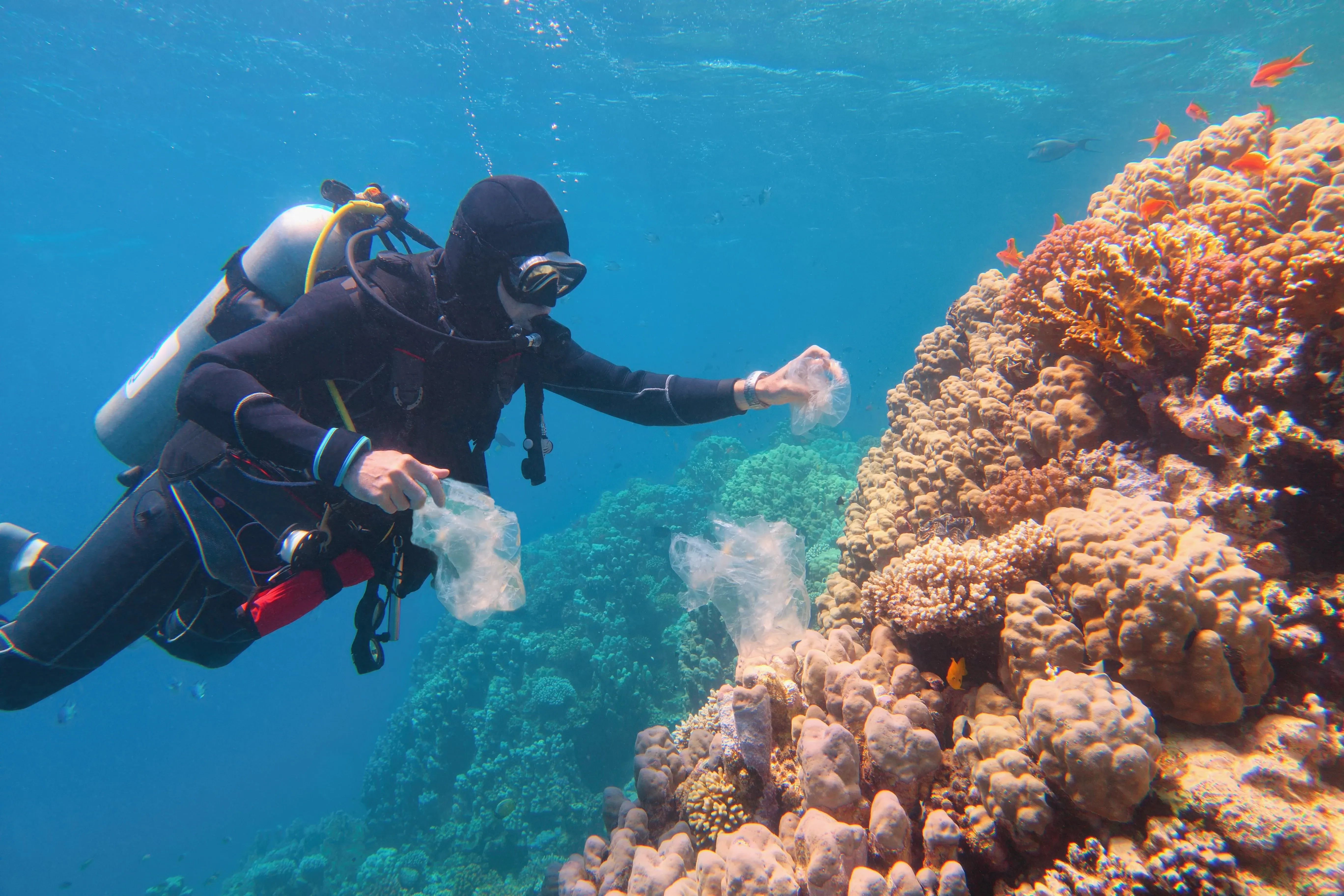
Despite their immense size, they are incredibly delicate and face threats from pollution, overfishing, and climate change. Protecting our oceans is essential not only for the countless species that inhabit them but for the health of our planet as a whole.
Conservation efforts and ocean protection
Marine conservation involves protecting and sustainably managing ocean habitats and their resources. It involves efforts to preserve marine ecosystems, safeguard biodiversity, and maintain the health of oceanic environments. This field encompasses a wide range of activities, including the establishment of marine protected areas, the regulation of fishing practices, the reduction of pollution, and the mitigation of climate change impacts.
Marine conservation aims to address critical issues such as overfishing, habitat destruction, and pollution, which threaten the delicate balance of marine ecosystems. By promoting sustainable practices and protecting key habitats like coral reefs and mangroves, marine conservation efforts help ensure that oceanic environments can continue to provide essential services, such as carbon sequestration, oxygen production, and coastal protection.
In addition to ecological benefits, marine conservation is vital for the well-being of human communities that depend on healthy oceans for their livelihoods and food security. Through scientific research, public education, and international cooperation, marine conservation strives to create a future where both marine life and human societies can thrive in harmony with the sea.
The diversity of marine ecoystems
To understand marine conservation and its challenges it is important to know the ocean’s rich tapestry of environments, each contributing significantly to the overall health and balance of our planet. These environments, or ecosystems have a distinct role and importance.
- Coral reefs, often dubbed the "rainforests of the sea," are vibrant ecosystems that sustain an incredible diversity of marine life and offer vital protection to coastlines by reducing erosion.
- Mangroves, with their unique salt-tolerant trees, create critical nursery grounds for various marine species and shield shorelines from the impacts of storm surges.
- Seagrass beds, found in shallow coastal waters, stabilize sediments, improve water clarity, and provide crucial habitats for many aquatic organisms.
- Kelp forests, thriving in nutrient-rich, cold waters, form dense underwater canopies that offer shelter and food to a myriad of marine species, while also playing a key role in absorbing carbon dioxide and mitigating ocean acidification.
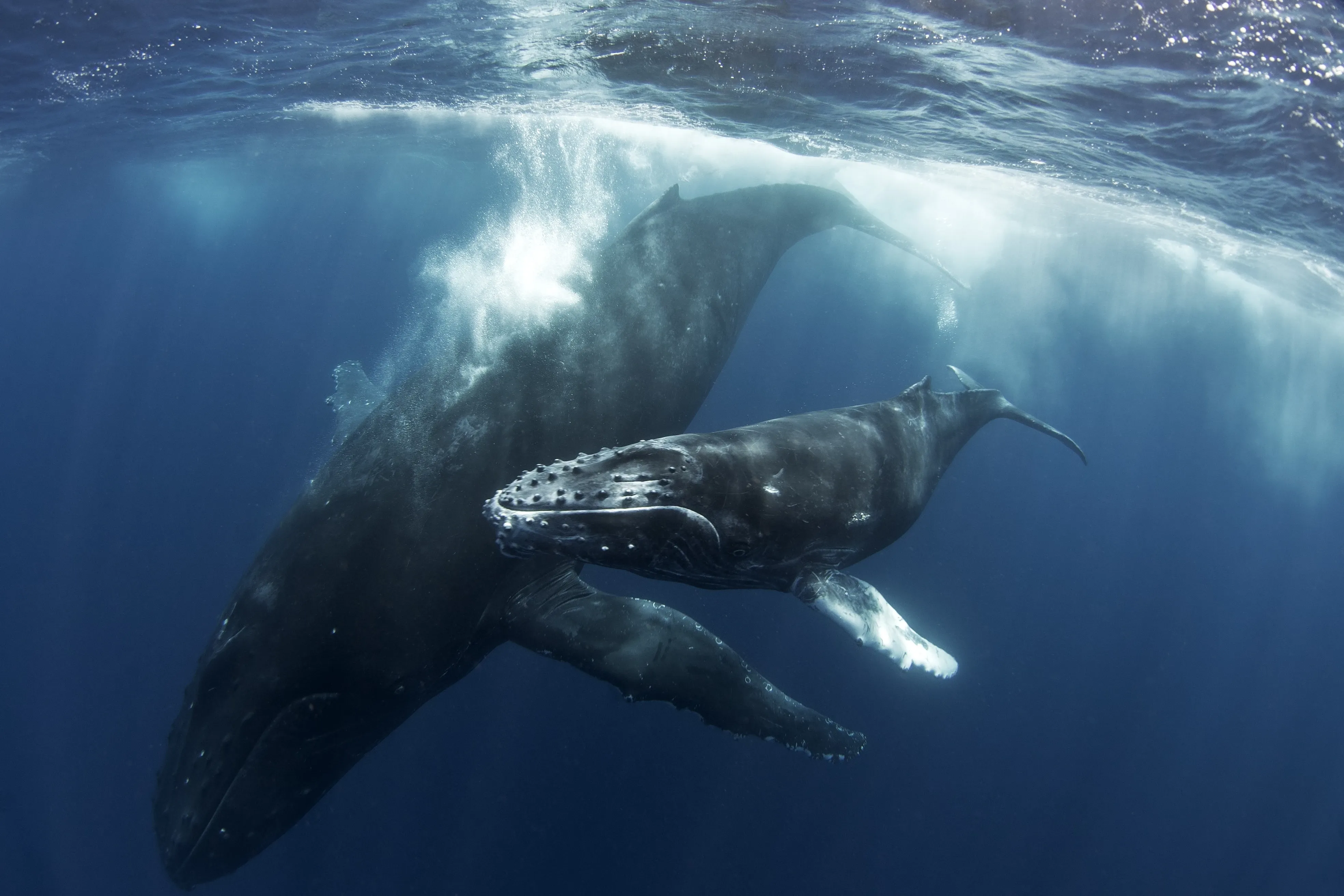
- The open ocean, or pelagic zone, stretches beyond the continental shelf and supports migratory species such as whales and sharks, requiring careful management to prevent overfishing and bycatch.
- Deep-sea environments, characterized by their extreme conditions of high pressure and low temperatures, are home to unique and often poorly understood species that face threats from deep-sea mining and other human activities.
- Estuaries, where fresh and saltwater mix, serve as vital habitats for diverse wildlife and function as natural buffers, mitigating flooding and protecting coastal areas.
- Coasts, where land meets the sea, providing essential ecosystem services such as nutrient cycling, carbon sequestration, and habitat for both terrestrial and marine species.
Each of these oceanic ecosystems plays a critical role in maintaining ecological balance, supporting marine biodiversity, and providing essential services to both marine life and human communities. Conservation efforts aim to protect and sustain these diverse environments, ensuring that they continue to thrive and support the intricate web of life within the ocean.
Marine biodiversity threats
The world’s oceans, home to more marine life than know to today’s researchers, and their delicate and vital ecosystems, are facing immense challenges. Despite efforts to protect these environments, only 2.4 percent of the ocean is fully or highly protected.
Even in designated Marine Protected Areas (MPAs), where human interaction is limited or restricted, effective management is often lacking, leaving these crucial sanctuaries vulnerable to ongoing disturbances. The survival of marine biodiversity is under threat from a range of factors, each contributing to the degradation of these precious habitats.
The key challenges include:
- Rising temperatures and ocean acidification due to climate change impacts.
- Plastic pollution and chemicals such as oil spills pose a significant threat to marine life. Over 14 million tonnes of plastic enter the ocean annually, with microplastics infiltrating the food chain and affecting both marine species and humans.
- Noise pollution from ships, seismic testing, bottom trawling and deep-sea mining.
- Overfishing, accidental bycatch and hunting practices
- Habitat destruction due to human activities
- Illegal marine wildlife trade
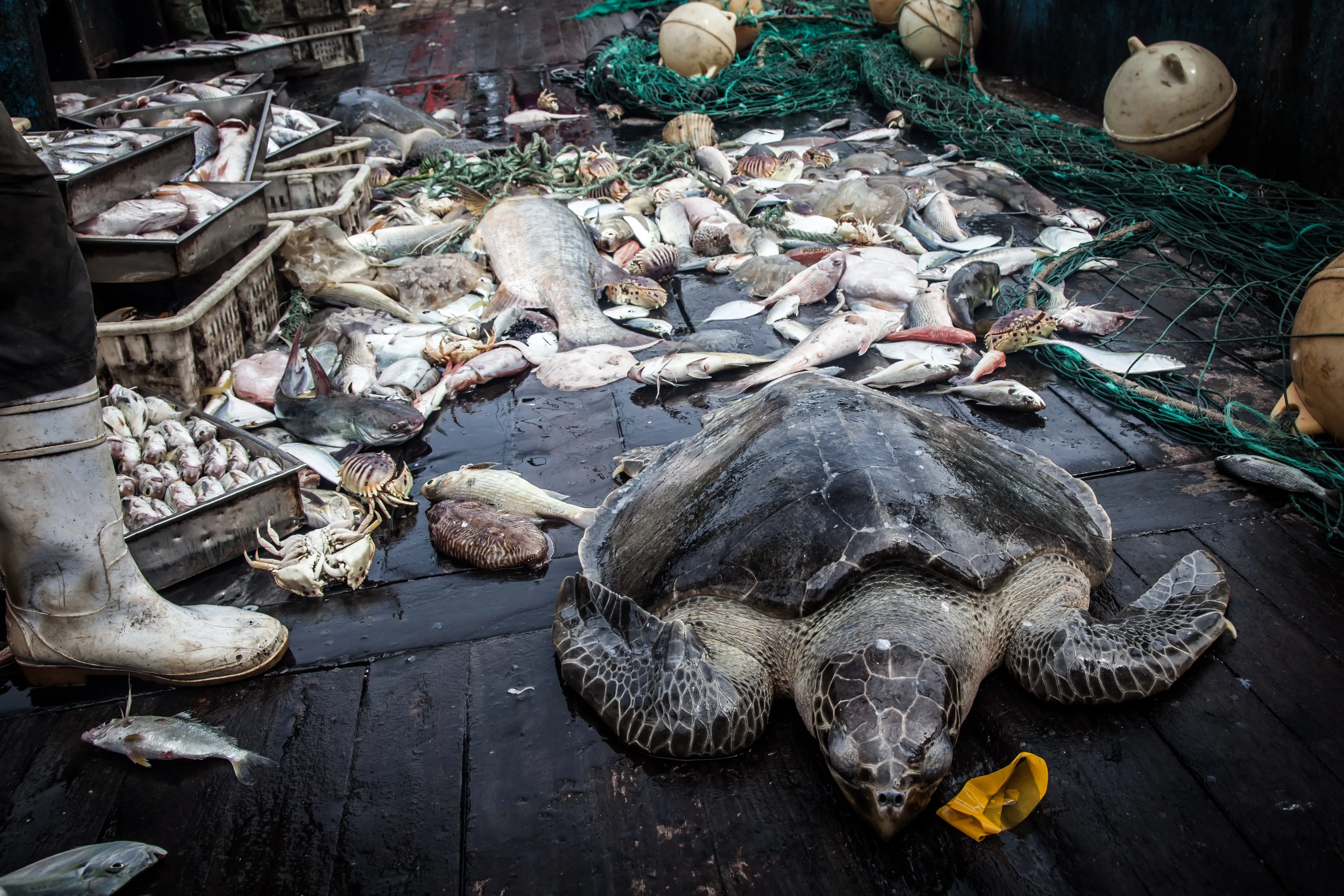
Impacts from threats on marine biodiversity
The threats mentioned have profound effects on biodiversity, resulting in ecosystem degradation and species loss. Overfishing, for instance, depletes fish populations, disrupts food chains, and can drive species toward extinction, particularly those that are slow to mature. Furthermore, habitat destruction eliminates crucial breeding and feeding grounds, leading to reduced species diversity and compromised ecosystem services.
Human activities, including ship traffic, also pose significant risks to marine life. Inadequate regulations on ship movement in sensitive areas result in frequent collisions with marine animals, causing deep cuts, scars, and life-threatening injuries.
In addition, noise pollution from shipping and industrial activities further impacts marine ecosystems by interfering with the communication and navigation of marine mammals. This disruption can lead to increased stress, disorientation, and difficulties in finding food and mates.
The cumulative effects of these threats diminish genetic diversity, making species less adaptable to environmental changes and more susceptible to extinction.
Additionally, the degradation of marine ecosystems impairs their ability to provide critical services such as carbon sequestration and coastal protection, which are essential for human well-being and the health of the planet. These environmental impacts also have significant socio-economic consequences, particularly for communities dependent on marine resources for their livelihoods.
Marine conservation success stories
Nevertheless, various organizations, governments, and NGOs are addressing these threats through innovative approaches. Their diverse strategies are making significant strides in marine conservation, demonstrating how collaborative efforts can effectively restore and protect our oceans.
There are a few environmental success stories such as in coral reef restoration. The use of 3D printing technology has introduced new methods for rebuilding damaged coral reefs. By creating bio-compatible structures that mimic natural coral habitats, these technologies provide stable environments for corals to settle and thrive, leading to healthier reef ecosystems.
At the same time the development of artificial reefs offers new habitats for marine life and alleviates pressure on natural reefs, enhancing biodiversity and supporting ecosystem recovery. Additionally many large-scale mangrove restoration projects have demonstrated significant success in carbon sequestration and coastal protection. Replanting mangroves not only combats climate change but also supports diverse marine life and shields coastlines from erosion.
Besides those efforts many community-led efforts have proven highly effective in establishing and managing marine protected areas. Local involvements ensure sustainable practices, enforcement of regulations, and the preservation of marine biodiversity, leading to increased fish populations and healthier ecosystems.
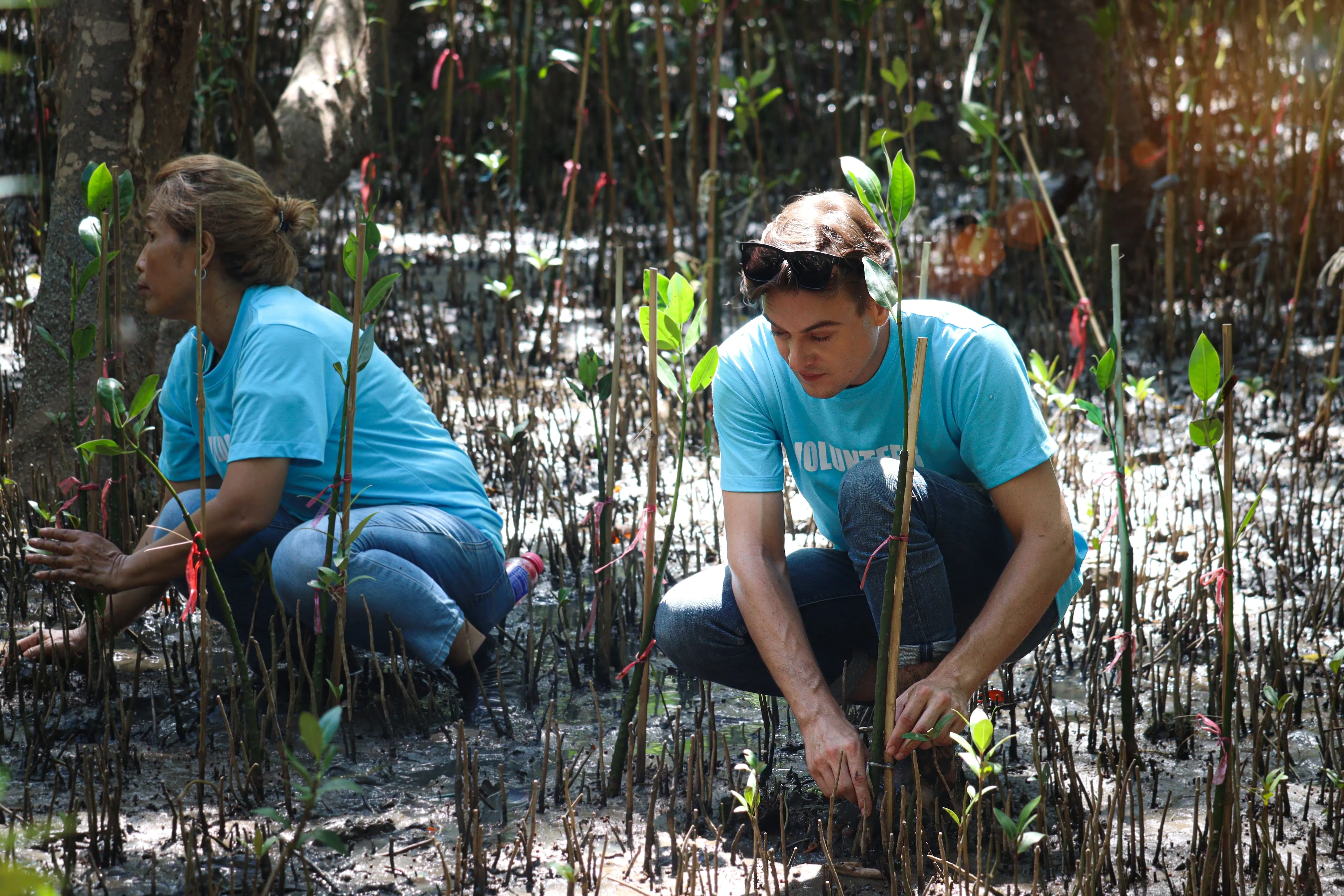
While the previous success stories highlight achievements in marine ecosystems, the following examples focus specifically on efforts to conserve marine biodiversity. Satellite tracking has transformed the conservation of sea turtles, sharks, rays, and other species by providing real-time data on their migration patterns, feeding behaviours, and breeding activities. This detailed information allows for more effective protection measures in critical habitats and supports the recovery of endangered species.
Additionally, advanced satellite technology has been instrumental in detecting and addressing illegal fishing practices, which promotes sustainable fisheries and safeguards marine resources.
Similarly, acoustic monitoring has advanced the conservation of whales and dolphins by allowing researchers to study their vocalizations and behaviours without intrusive methods. This non-invasive approach has informed conservation strategies and enhanced protection efforts for various whale species.
However great does successes are, it remains crucial to consistently pursue international conservation measures and to enforce their implementation more strictly.
FAQ about marine conservation
How many marine species are threatened or endangered?
Over 1,500 marine species are classified as threatened or endangered, highlighting the urgent need for conservation. Notable examples include the vaquita, a critically endangered porpoise found in the Gulf of California; the leatherback sea turtle, threatened by habitat loss and poaching; the northern right whale, at risk from ship strikes and entanglement in the North Atlantic; the Hawaiian monk seal, struggling with habitat degradation in the Hawaiian Islands; the Nassau grouper, impacted by overfishing in Caribbean reefs; the whale shark, endangered due to bycatch and habitat destruction in tropical oceans; and the seahorse, facing threats from habitat loss and the aquarium trade. Protecting these species is crucial for maintaining healthy marine environments and sea life preservation.
Where do marine conservation efforts take place?
Marine conservation efforts take place in a variety of locations and contexts around the world. Key areas include:
- Marine protected areas (MPAs): These are designated regions where human activities are regulated to protect marine life. MPAs can be found in all the world’s oceans, from the Great Barrier Reef in Australia to the Galápagos Islands in Ecuador.
- Coastal regions: Conservation initiatives often target coastal areas where ecosystems like mangroves, salt marshes, and seagrass beds provide critical services and habitats. Examples include the Chesapeake Bay in the U.S. and the Sundarbans in India and Bangladesh.
- Coral reefs: Efforts are focused on preserving and restoring coral reefs, which are found in tropical and subtropical regions, such as the Caribbean, Southeast Asia, and the Pacific Islands.
- High seas: Conservation activities also extend to international waters beyond national jurisdictions, including initiatives to manage tuna fisheries and protect deep-sea ecosystems.
- Marine reserves: Some areas are designated as no-take reserves where all extractive activities are prohibited. These can be located in both coastal and open ocean areas.
- Research and restoration sites: Scientists conduct research and restoration projects in various locations, including university-led marine labs and field stations worldwide.
Marine conservation is a global effort, with activities spanning national, regional, and international levels to address the diverse challenges facing the world’s oceans.
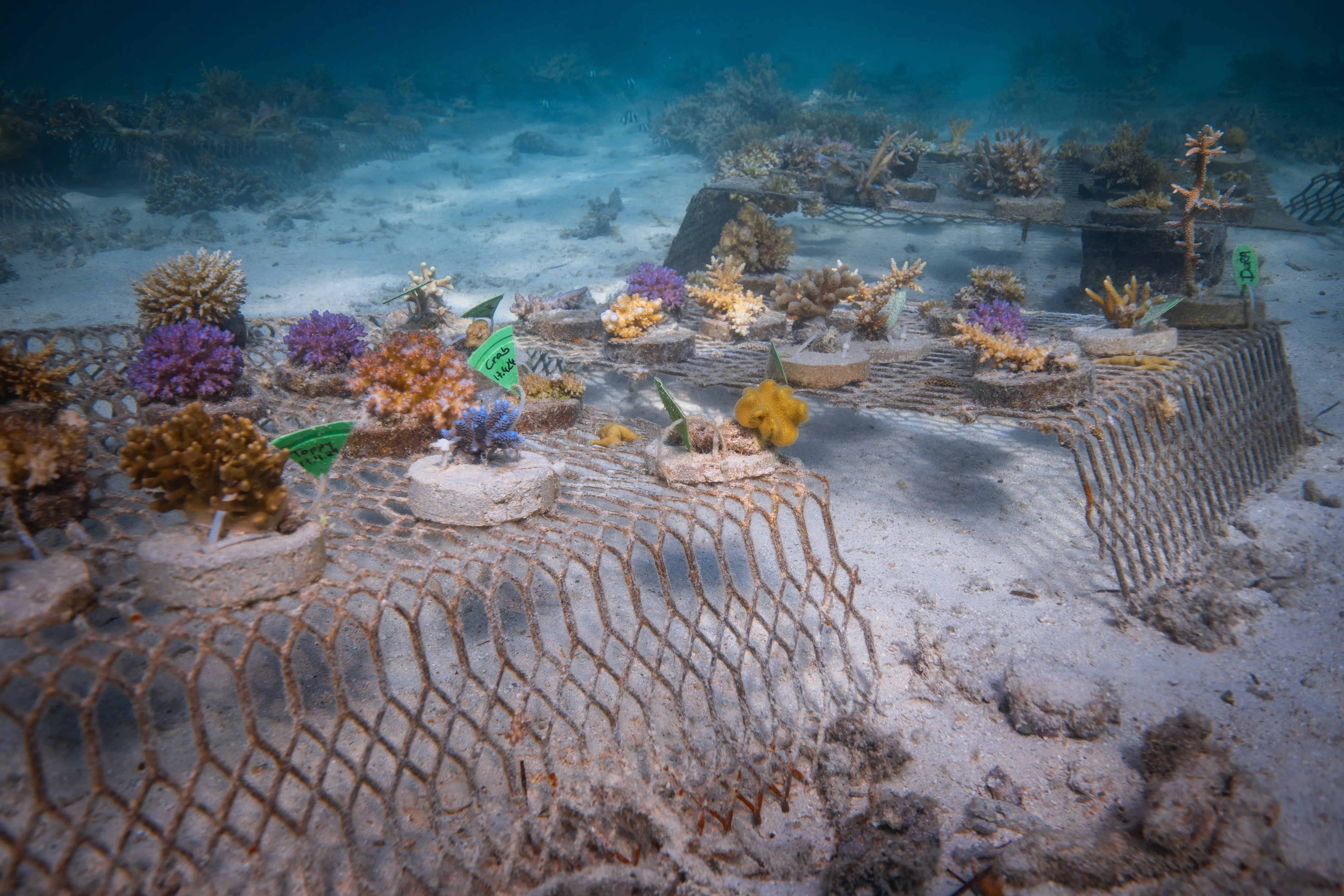
What can I do to protect our oceans?
To help protect our oceans, you can take several impactful actions:
#1 Start by reducing plastic use in your daily life
Opt for reusable items like straws, bags, and bottles instead of single-use plastics. Support products with minimal packaging and engage in beach clean-ups or waterway clean-ups to remove plastic waste.
#2 Conserving water is also crucial
Install water-efficient fixtures, fix leaks, and properly dispose of chemicals and medications to prevent pollution in waterways.
#3 Use reef-friendly sunscreen and skincare products
Opt for sunscreens and lotions that are labelled as reef-friendly or reef-safe to help protect marine ecosystems. These products avoid harmful chemicals like oxybenzone and octocrylene, which can damage coral reefs and marine life.
#4 Support sustainable seafood by choosing products that are sustainably sourced
Check labels or use guides from organizations like the Marine Stewardship Council (MSC) and avoid consuming overfished species.
#5 When traveling, be a responsible tourist
Follow guidelines for wildlife viewing, avoid disturbances to marine life, and select eco-friendly tour operators.
#6 Advocating for marine conservation
This involves educating your community about ocean issues and supporting conservation organizations through donations or volunteering.
#7 Participate in citizen science projects
This way you can help track marine life and pollution, which supports broader conservation efforts.
#8 Finally, stay informed about marine issues
...And share your knowledge to raise awareness about the importance of ocean conservation.
Four reasons why you should engage in marine conservation
Engaging in marine conservation is crucial for several compelling reasons:
- Biodiversity preservation: Marine ecosystems are home to a vast array of species, many of which are unique and crucial for maintaining ecological balance. By protecting these habitats, we help preserve the biodiversity that supports healthy oceans.
- Climate regulation: Oceans play a vital role in regulating the Earth's climate. They absorb a significant portion of carbon dioxide and heat from the atmosphere. Healthy marine environments, such as mangroves and coral reefs, contribute to climate stability and help mitigate the effects of global warming.
- Economic value: Marine environments are essential for many industries, including fisheries, tourism, and recreation. Sustainable management of these resources ensures that they continue to provide economic benefits and livelihoods for communities dependent on them.
- Human health: Oceans contribute to human health in various ways, from providing seafood rich in nutrients to offering opportunities for relaxation and mental well-being. Healthy marine environments help maintain these benefits and prevent the spread of marine-related diseases.
Sign up for the newsletter
By clicking on “Subscribe now” I will subscribe to the Conscious Explorer newsletter with all the information about mindful travel. Information on the success measurement included in the consent, the use of the shipping service provider MailChimp, logging of the registration and your rights of revocation can be found in our privacy policy.
